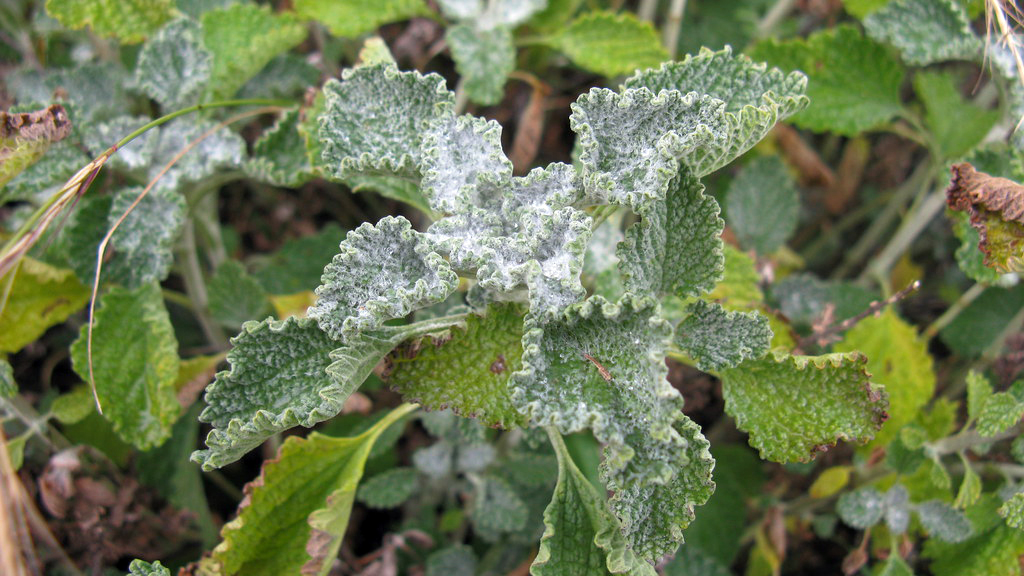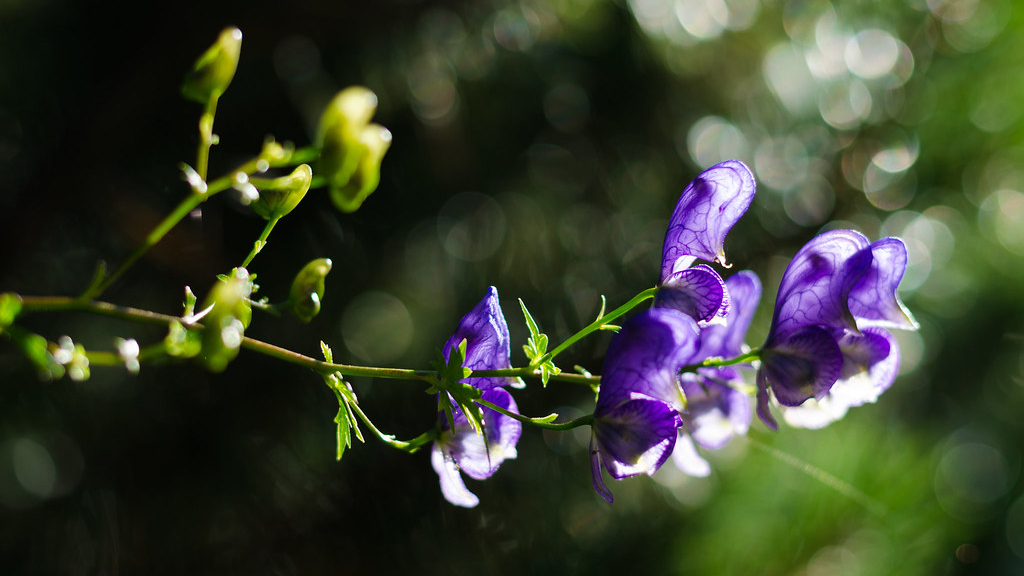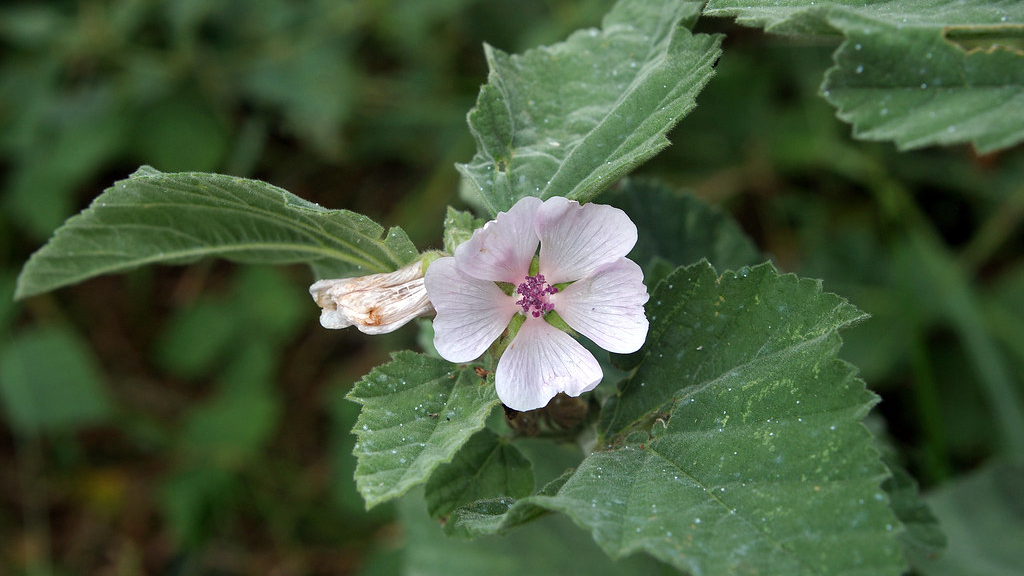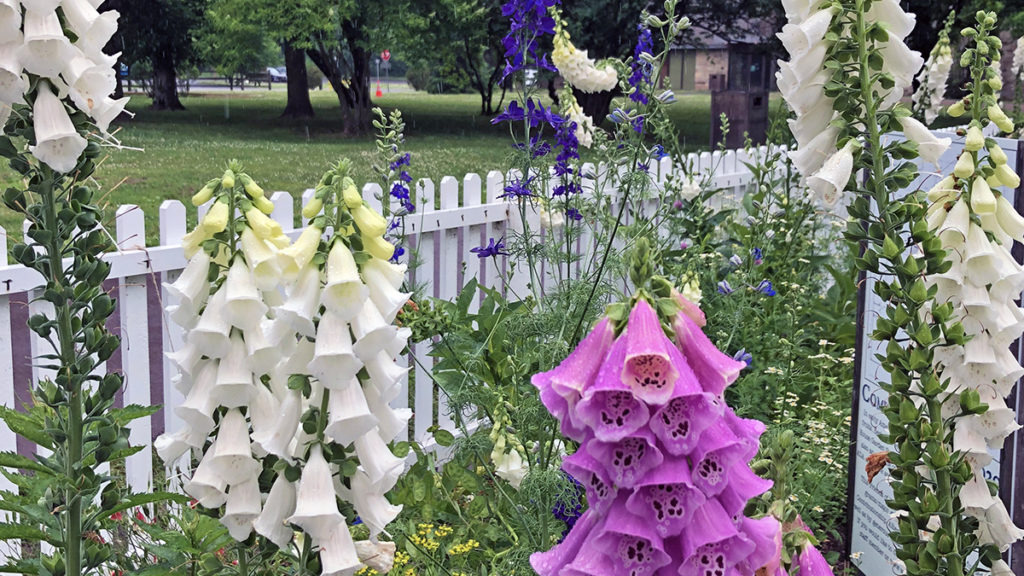How well do you know your horticultural history? These plants were known to the colonists back in George Washington’s day – but not all of them could be used to heal. Washington Crossing Historic Park’s historical horticulturalist Anna Davis shares four plants that were known to the colonists.

White Horehound (Marrubium vulgare)
Anna has grown this plant at the Thompson-Neely Farmstead. Used for centuries and spoken of by both Dioscorides and Pliny, Horehound is renowned for treating asthma, coughs, pulmonary consumptions, some liver and spleen disorders, and “filthy ulcers.”
“It was used as a dry or fresh herb in tea or decoction, freshly juiced, added to vinegar, made into tincture, or applied topically. Today, it’s likely to be dispensed as a tincture, syrup or tea, but the taste is rather bitter. It’s also made into a therapeutic candy that you can find today.”

Wolfsbane (Aconitum napellus)
“Maybe you didn’t know this was a real plant, but it is real, and it is dangerous,” Anna says. “Wolfsbane has been used throughout history to poison weapons and lace meat for wolf traps.”
It’s also been used cautiously in traditional medicine, though. English botanist John Gerard wrote that flies that feed off the plant can later be used to make antidotes. “When it’s used today, the molecular structure of water is imprinted with the chemical makeup of the plant so that no physical trace of the plant itself remains,” Anna says. “And remember,” she adds, “this plant is so poisonous that gardeners who care for it are cautioned to wear gloves!”

Marshmallow (Althea officinalis)
While Marshmallow root is a predecessor to the modern-day sweet treat, the plant has uses far beyond s’mores!
“This tall but humble plant has been used for centuries,” Anna says. “The leaves and roots can treat bladder and kidney stones through decoction or poultice. The roots can be boiled in wine and strained to relieve sciatica and cramps. Even the seeds can be turned into powder and mixed in a drink to stop dysentery.”
Today, modern herbalists regularly recommend Marshmallow for stomach ulcers and soothing dry coughs.

Foxglove (Digitalis purpurea)
“This non-native plant has been used warily for centuries,” Anna says. “It’s highly poisonous, and according to the National Institutes of Health, it was used in ancient times to contaminate the water supply of enemy forces.”
It wasn’t until 1785 that William Withering wrote about Foxglove’s use in the treatment of dropsy and as an effective diuretic when used in the correct dosage and treatment.
“Herbalists have never highly relied on foxglove,” she continues, “but it has been well appropriated by modern medicine. Foxglove’s digoxin and digitoxin have been isolated and synthesized in laboratories. The resulting drug, Digoxin, is used to treat heart failure and heart rhythm problems.”

